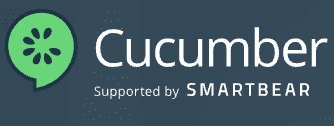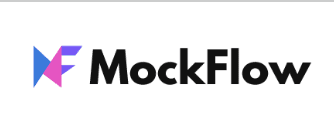
Integrate AI Chatbot to a Website
Executive Summary:
Our proposed AI chatbot integration for websites aims to enhance the user experience by providing instant support and guidance to users. By integrating AI chatbots, websites can provide 24/7 customer support, answer user queries, and automate certain tasks, such as booking appointments or placing orders. Our goal is to create a seamless and efficient website experience that increases user engagement and satisfaction.
Background:
Artificial intelligence (AI) chatbots have become increasingly popular in recent years, particularly in the realm of website development. AI chatbots can analyze user queries, learn from user behavior, and provide instant and accurate responses, improving user engagement and satisfaction.
Objective:
Our objective is to integrate an AI chatbot into your website to provide 24/7 customer support, answer user queries, and automate certain tasks to improve the website’s overall performance.
Features and Functionality:
The AI chatbot integration will include the following features and functionality:
- 24/7 customer support: The AI chatbot will be available 24/7 to provide instant support and guidance to users.
- Automated tasks: The AI chatbot can automate certain tasks, such as booking appointments, placing orders, or updating user information.
- Natural Language Processing (NLP): The AI chatbot will use NLP to understand user queries and provide accurate and relevant responses.
- Analytics: The AI chatbot will provide website analytics, including user behavior, preferences, and engagement, enabling website owners to optimize their website performance.
Technology Stack:
The AI chatbot integration will be developed using the following technologies:
- Natural Language Processing (NLP) and Machine Learning (ML) algorithms for data analysis.
- Chatbot development tools, such as Dialogflow or IBM Watson.
- Cloud hosting platforms, such as Amazon Web Services (AWS) or Microsoft Azure.
Marketing Strategy:
To attract website owners, we will use various marketing channels, including social media, email marketing, and paid advertising. We will also collaborate with website owners and participate in relevant events to promote the AI chatbot integration. Additionally, we will offer free consultations to website owners to demonstrate the potential benefits of AI integration and how it can improve their website performance.
Conclusion:
Our proposed AI chatbot integration for websites aims to provide instant support and guidance to users, ultimately improving website performance and user engagement. We believe that our integration can help website owners optimize their website’s performance and provide a competitive advantage in their industry.
Roles involved in this project
| Role | Responsibilities |
|---|---|
| Product Owner | Represents the business and stakeholders; responsible for defining project goals and requirements; owns the Product Backlog |
| Scrum Master | Facilitates Scrum events and processes; removes obstacles; ensures the team is working efficiently and effectively; acts as a servant-leader |
| Development Team | Responsible for developing and testing the system; works collaboratively to complete each Sprint; self-organizing and cross-functional |
| UX Designer | Responsible for creating the user experience design for the system; works with the Product Owner and development team to ensure that the design meets the project goals and requirements |
| Software Tester | Responsible for testing the system to ensure that it is functioning correctly and meets the project goals and requirements |
| Security Analyst | Responsible for identifying and mitigating security risks for the system; works with the development team to ensure that the system is secure |
| Project Manager | Responsible for managing the project’s scope, schedule, budget, and resources; communicates progress and status to stakeholders |



























